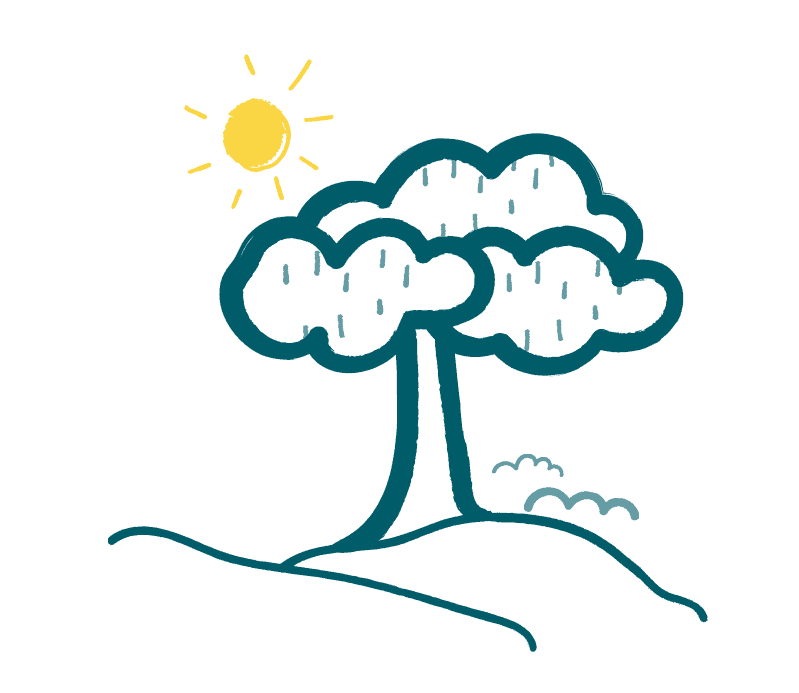Hindu tradition follows the concept of Moksha, which means liberation. When someone dies, it’s customary to say, “May your soul attain Moksha” instead of “Rest in Peace.”
The Funeral or Antyeshti
The funeral, also known as Antyeshti or last sacrifice, depends on gender, caste, and age. Hindus keep the body in an open casket to allow guests to pay their last respect to the dead.
The most commonly performed rituals at a Hindu funeral are:
- The body is washed with holy water, ghee, honey, and yoghurt.
- Essential oils are placed on the deceased head. Turmeric is preferred for females, and sandalwood is preferred for males.
- The big toes are tied together and the palms are placed in a praying position.
- The deceased is dressed in new clothes and tied with a Kafan.
- A garland of roses is put around the neck.
- A Diya is lit near the head of the body and water is sprayed over the body.
Cremation
The cremation ceremony, also known as Mukhagni, takes place 24 hours following death. The funeral pyre is lit, and the cremated ashes are scattered on the Ganga River first, followed by a place specified by the deceased. After that, the priests chant mantras, sometimes with the eldest son of the bereaved.
The cremation takes 1-3 hours, and the service lasts 30-45 minutes.
Mourning Period
Following the ceremony, the mourning period starts, which takes 10-30 days. The grieving family often mourns for 13 days and refrains from eating non-vegetable food. The males are expected to shave and devote all cut hair to the deceased.




